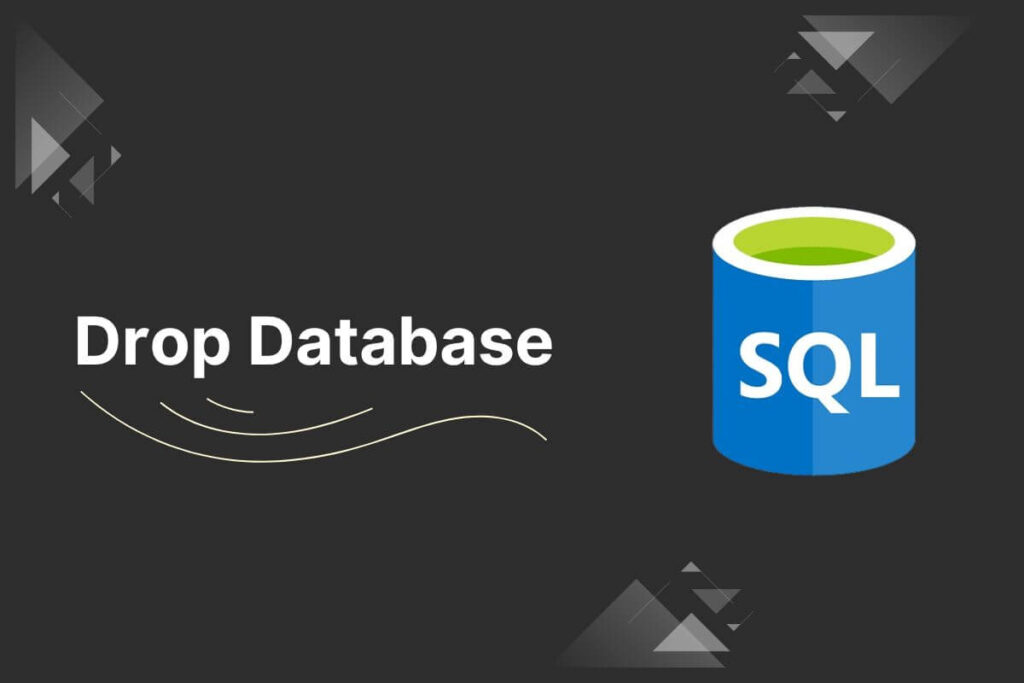In SQL, the DROP DATABASE statement is used to remove an existing database from the database management system (DBMS). This operation is permanent and irreversible, meaning that once a database is dropped, all the data and objects within it (such as tables, views, stored procedures, and functions) are permanently deleted and cannot be recovered unless you have a backup.
Before dropping a database, it’s crucial to ensure that you no longer need the data contained within it, as this action cannot be undone. Additionally, you must have the appropriate permissions to drop a database, which are typically granted to database administrators or users with elevated privileges.
SQL Drop Database Syntax
The basic syntax for the DROP DATABASE statement is as follows:
DROP DATABASE [IF EXISTS] database_name;
SQL Drop Database Examples
Let’s go through a few examples to illustrate how to drop a database using SQL.
1. Basic Usage
DROP DATABASE mydatabase;
In this example, the database named “mydatabase” will be permanently deleted. If the database does not exist, an error will be generated.
2. Using IF EXISTS
DROP DATABASE IF EXISTS mydatabase;
This example ensures that the database “mydatabase” is dropped only if it exists. If the database doesn’t exist, no error will be generated.
3. With Connection to the Database
USE master; -- Switch to the master database
DROP DATABASE IF EXISTS mydatabase;
It is a good practice to switch to the master database before dropping another database. This avoids any potential issues related to active connections to the target database.
4. Using Dynamic SQL
DECLARE @databaseName NVARCHAR(50) = 'mydatabase';
DECLARE @sql NVARCHAR(MAX);
SET @sql = 'DROP DATABASE IF EXISTS ' + QUOTENAME(@databaseName);
EXEC sp_executesql @sql;
This example demonstrates how to use dynamic SQL to drop a database based on a variable. Using QUOTENAME helps prevent SQL injection.
Risks and Considerations
While the DROP DATABASE command is a powerful tool, it comes with significant risks. Here are some considerations to keep in mind:
- Irreversible Operation: Dropping a database is irreversible, and once executed, all data within the database will be permanently lost. Make sure to perform adequate backups before using this command.
- Permission Requirements: Ensure that the user executing the DROP DATABASE command has the necessary permissions. Typically, only database administrators should have the authority to drop databases.
- Disconnected Sessions: To successfully drop a database, all active connections to the target database should be disconnected. This can be achieved by switching to the master database or using maintenance modes.
The SQL DROP DATABASE command is a potent tool for database administrators, allowing them to remove entire databases efficiently.
However, its power demands caution, as the operation is irreversible and carries the risk of data loss. By understanding the syntax and considering potential risks, users can wield this command responsibly and effectively manage their relational databases.
Always exercise prudence and ensure proper backups before executing the DROP DATABASE command in a production environment.


